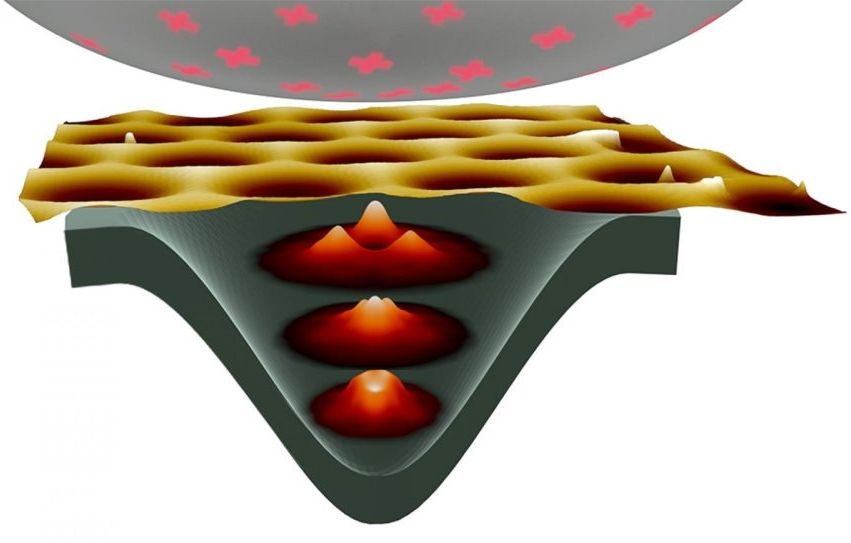New methods to counter attack fraud.
“We have introduced the possibility of using blockchain technology to create a seamless and continued global process for the KP certification scheme,” he said.
Blockchain is one of the most significant elements of the revolution in financial technology – fintech – that has been enthusiastically adopted by the UAE. Both Dubai and Abu Dhabi are setting up centres of excellence in fintech.
Mr bin Sulayem has already had meetings with Dubai’s Blockchain Council and is working on a pilot project that would use the technology to monitor KP statistics.








